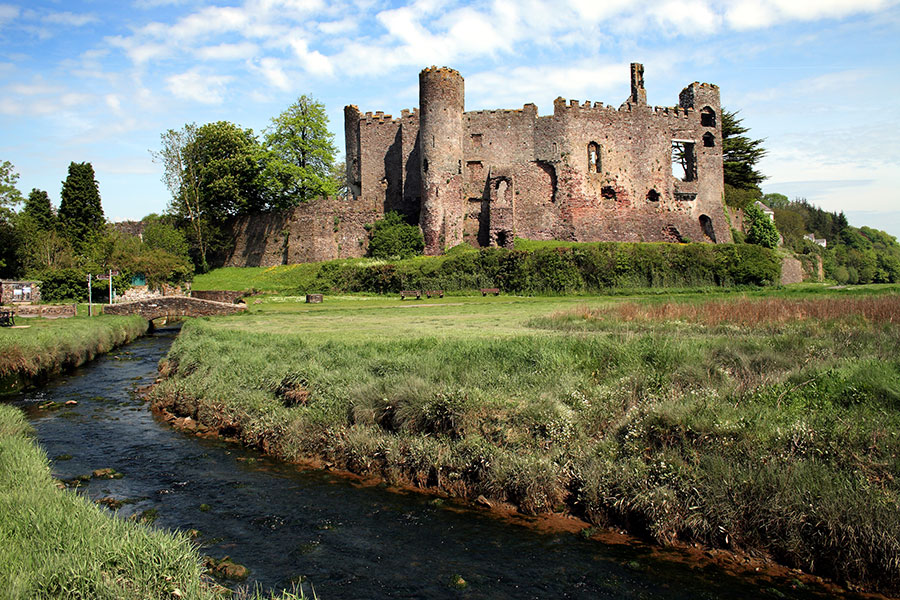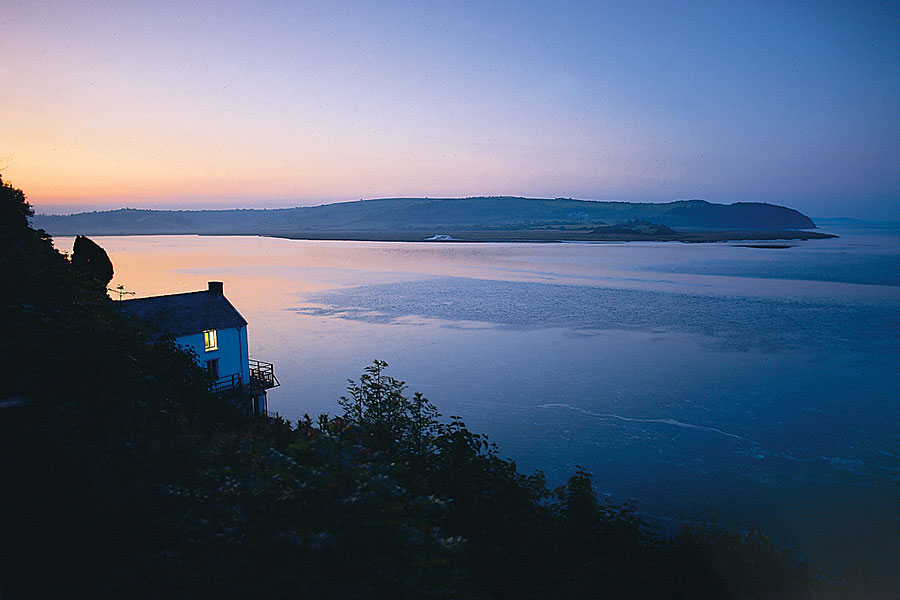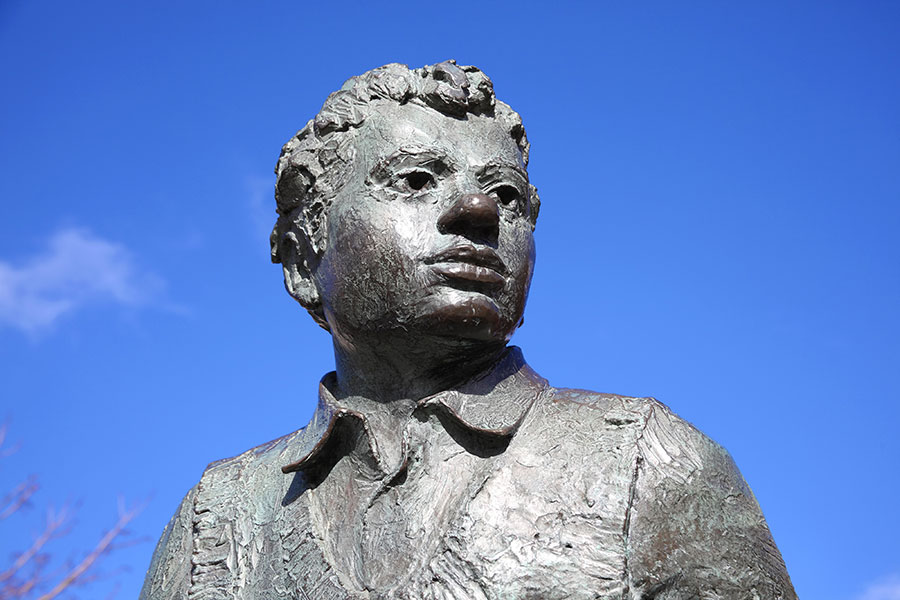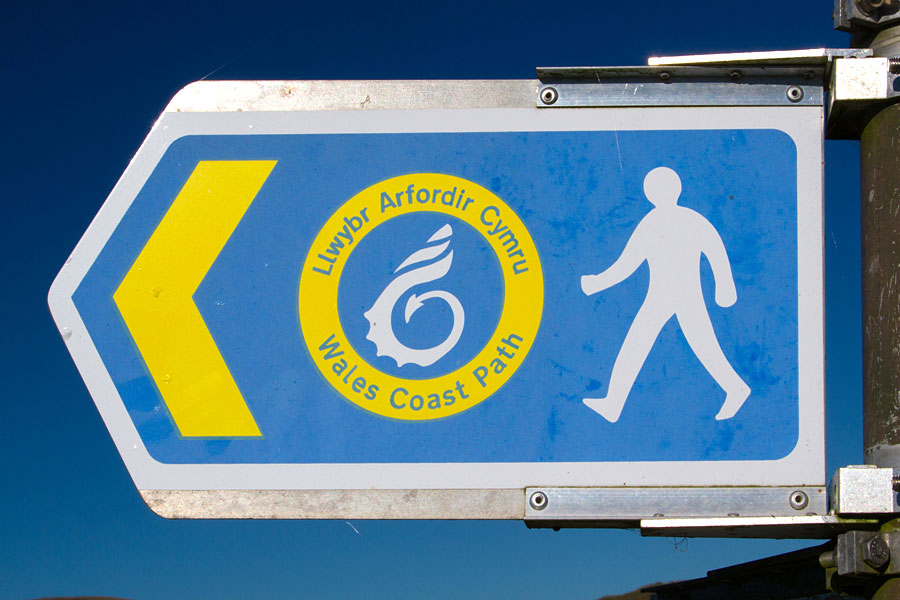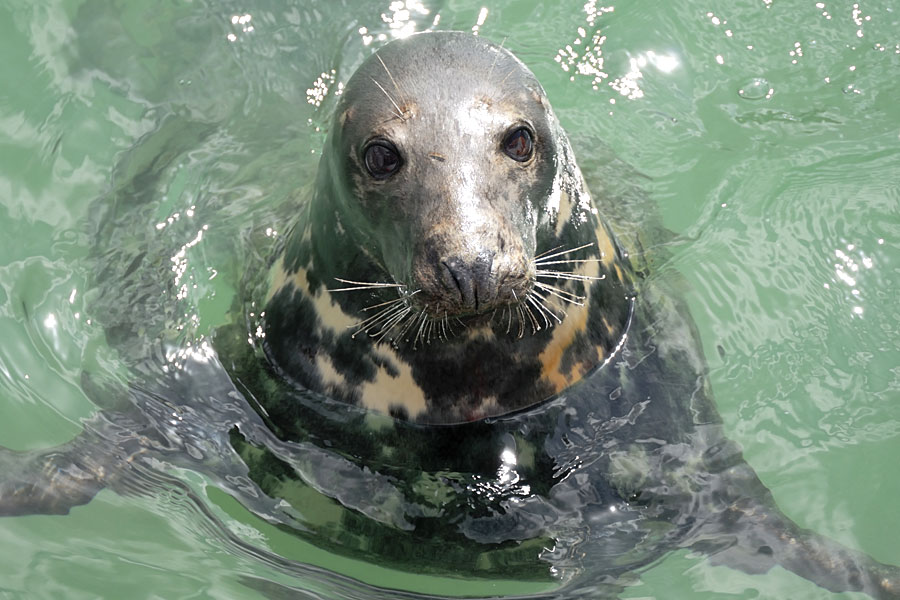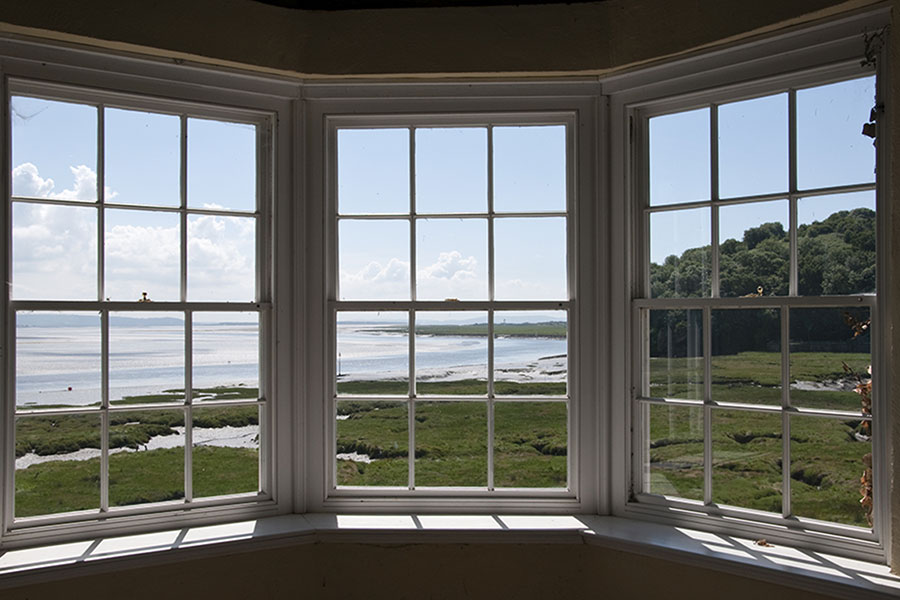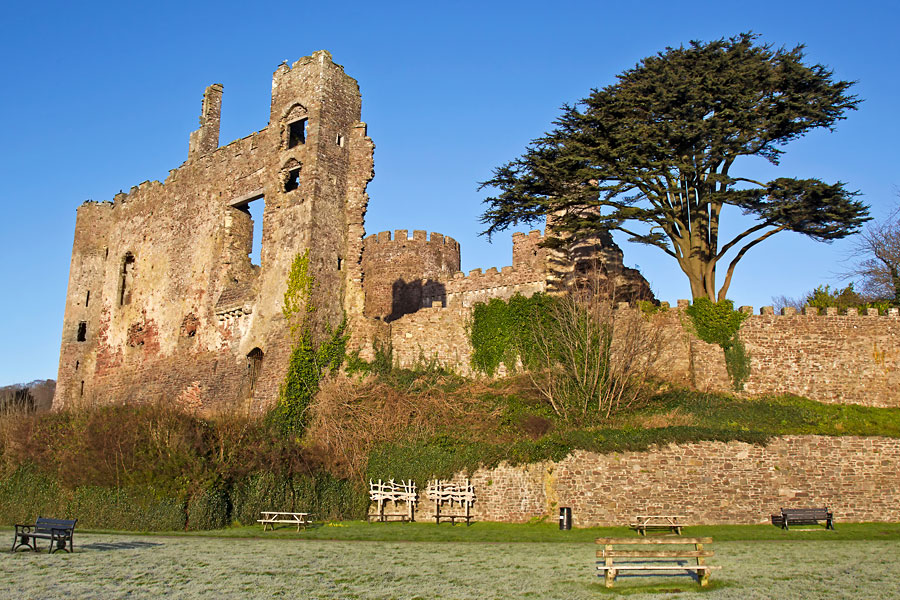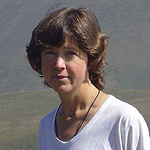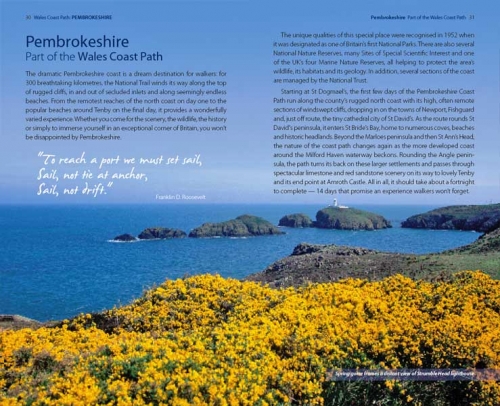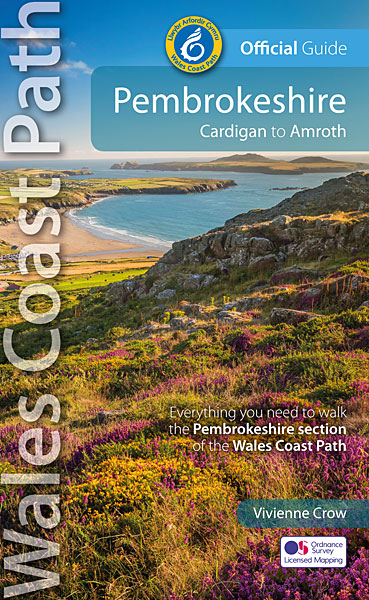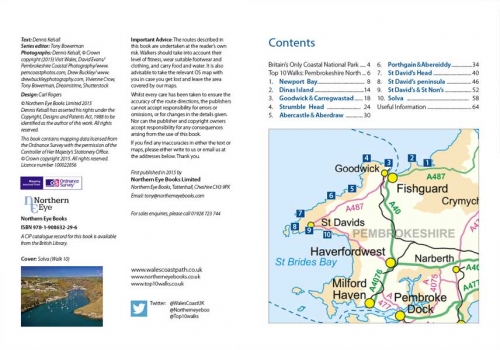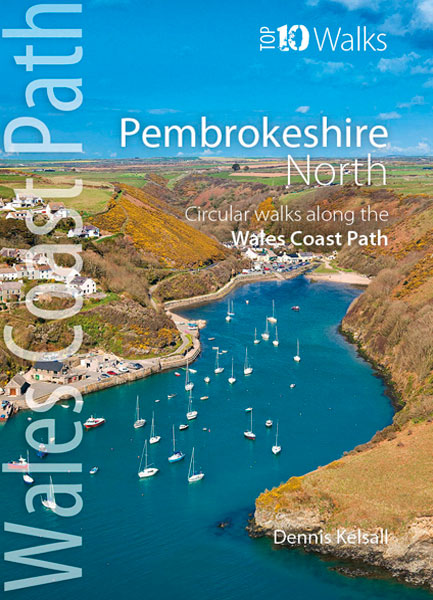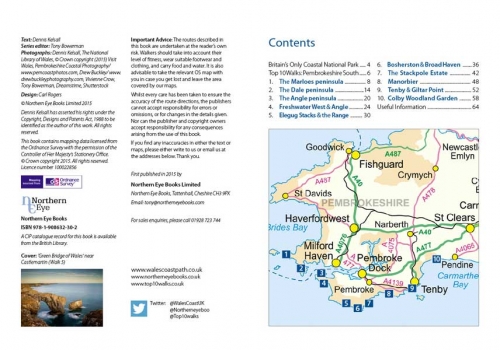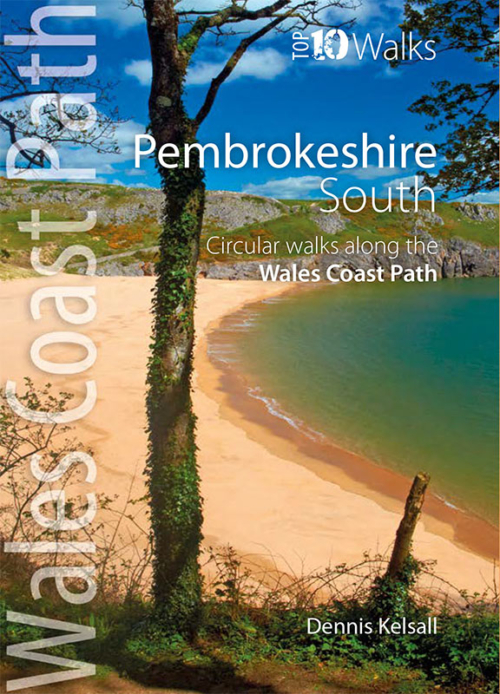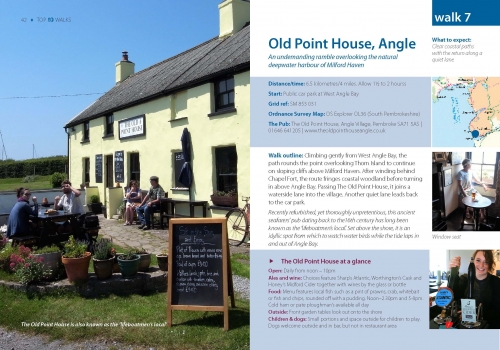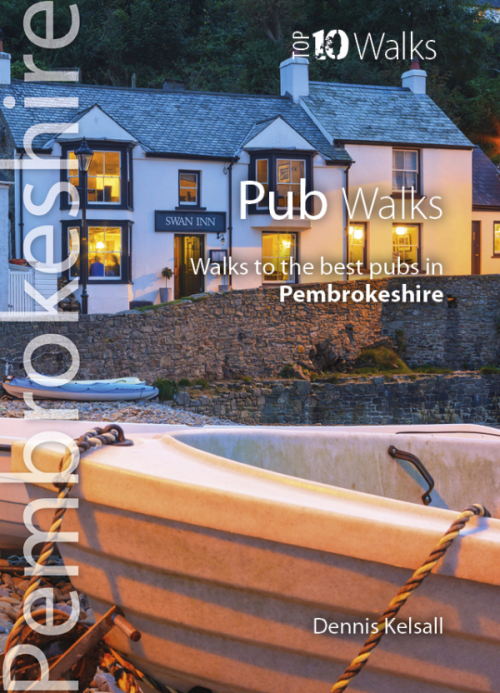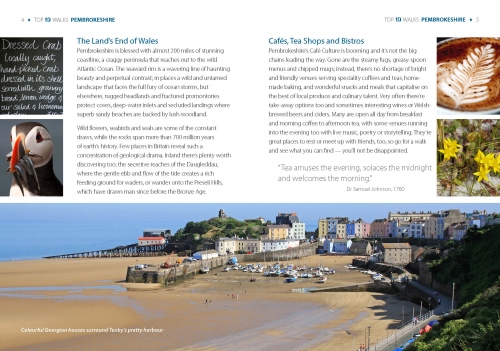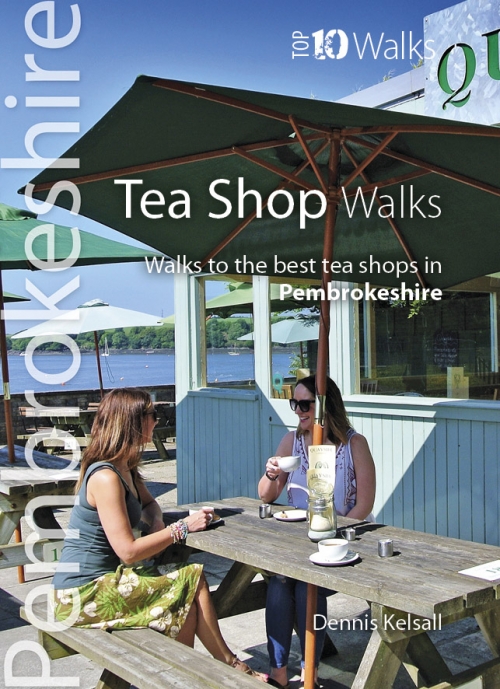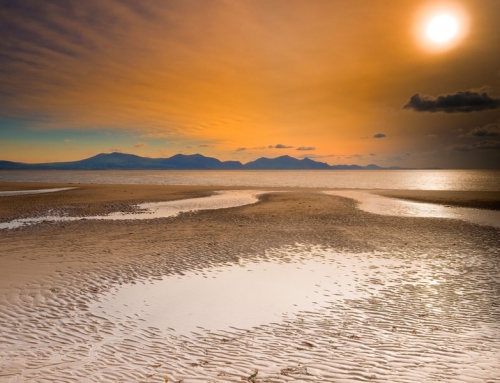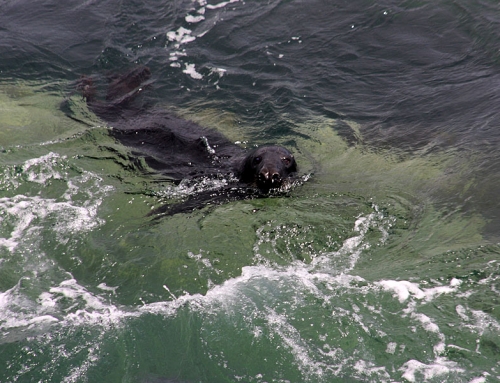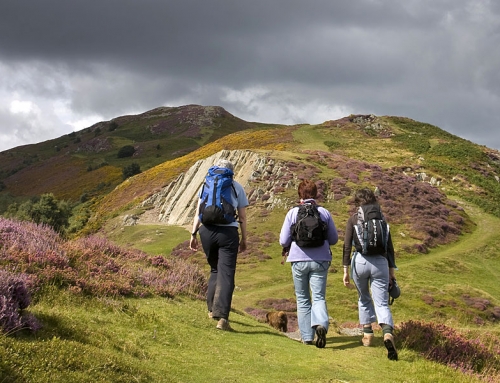Laugharne Castle overlooks the picturesque Taf Estuary
Fiona Barltrop follows in the footsteps of Welsh poet Dylan Thomas
DYLAN THOMAS DESCRIBED LAUGHARNE (pronounced ‘Larn’) as ‘the strangest town in Wales’, but that didn’t deter him from moving to live there, first in the late 1930s and then again in 1949 until his early death in 1953 at the age of 39. Home for the last few years of his life was the Boathouse, where he lived with his wife and children. Situated overlooking the Taf estuary, it’s now owned by the County Council and open to the public.
Poetry and beer
There’s no escaping Dylan Thomas in Laugharne. As well as the Boathouse there’s his writing shed, ‘Birthday Walk’, favourite drinking den, Brown’s (his head featured on the sign) and grave. Oh, and panels with his words quoted on them around the place. Laugharne’s connection with him obviously draws the visitors, but it wasn’t for that reason as such I had journeyed here. Rather a wish to sample a little more of Carmarthenshire, which, in all my years of visiting Wales, had got largely overlooked. As far as the coastline was concerned, apart from the very western end – the fine cliff top stretch from Pendine to Amroth, over the border in Pembrokeshire – I knew it not.
Estuaries, which are a feature of the Carmarthenshire coast, are problematic when it comes to coastal walking. Unless there’s a bridge or ferry, you’re faced with a long walk round, which is the case at Laugharne – although a ferry did once operate across the Taf many years ago. As a glance at the map shows, following the Wales Coast Path in either direction from Laugharne any distance involves sections alongside main roads, which I didn’t fancy. So I decided to combine a couple of short circuits, allowing time for a visit to the Boathouse en route.
“The view from the car park of Laugharne Castle with the footbridge over the little River Coran in the foreground is undeniably photogenic.”
Laugharne Castle
The car park floods at the highest tides each month, but I had no such concern today, with the tide well out and no car to park having walked here from my nearby lodgings. (I’d arrived the night before at The Cors, a former restaurant/B&B, now accommodation only and surrounded by an exotically landscaped garden. Quite unique.)
The view from the car park of the old castle with the footbridge over the little River Coran in the foreground is undeniably photogenic. It’s only a short walk to the Boathouse, which I duly had a look round, and then carried on along the Coast Path and back round to Laugharne with a stop in the churchyard to visit Dylan Thomas’ grave.
Thereafter I continued along the Wales Coast Path in the other direction as far as the main road – wonderful views over the estuary and salt marsh along the way – looping back inland.
Passing the town hall on my return after dark, I noticed it full of men, with those unable to get in standing at the entrance, and an air of solemnity to the occasion. I was firmly shushed as I approached and asked what was going on. I learned afterwards this was a meeting of Laugharne Corporation: a male-only establishment, founded in the 13th century and administered by a portreeve and his burgesses.
The ‘strangest town in Wales’? Well, certainly unlike anywhere else I’ve visited.

